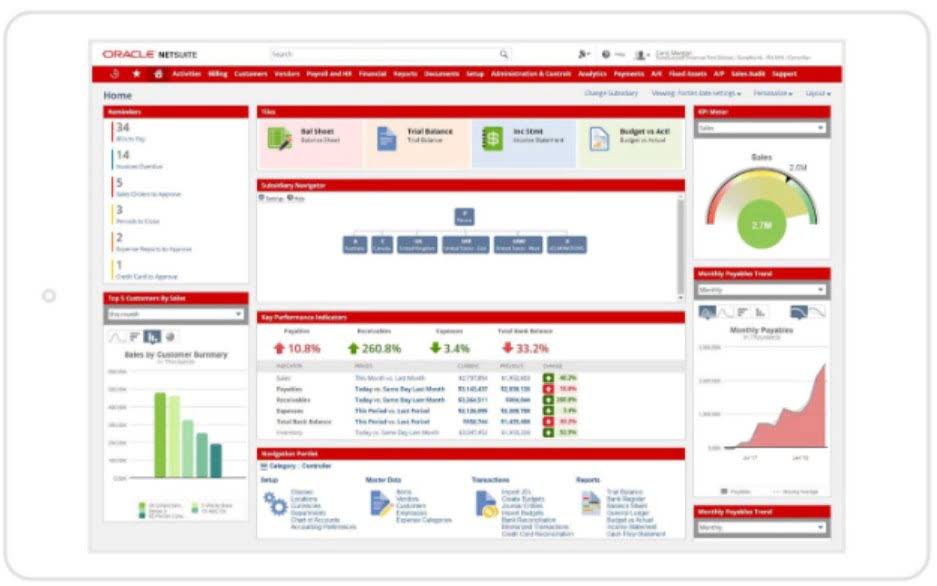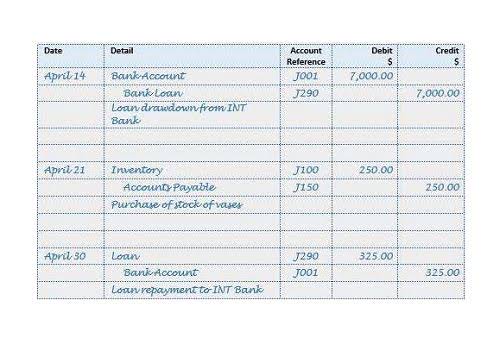
By measuring changes in working capital over time, businesses can gain valuable insights into their cash flow, operational efficiency, and overall financial performance. In this article, we will explore how to calculate change in working capital, its significance, and why it’s essential for businesses to monitor this metric regularly. This important calculation reveals a company’s financial cushion for handling day-to-day operations, signaling whether it’s positioned to invest in growth or needs to focus on improving cash flow.
Using Change in Working Capital to Calculate Warren Buffett’s Version of Free Cash Flow: Owner Earnings
- Correctly managing the funds or working capital, one can choose or plan for their investments accordingly and invest the funds to maximize the return as per their availability.
- Net working capital, often abbreviated as “NWC”, is a financial metric used to evaluate a company’s near-term liquidity risk.
- Working capital is a commonly used financial metric that represents the difference between a company’s current assets and its current liabilities.
- The working capital ratio, also known as the current ratio, measures a company’s financial health by dividing its current assets by its current liabilities.
- This is why this ratio is also called “Working Capital Turnover Ratio” as it measures the number of times working capital has been turned over.
- Since there is a large number of factoring companies, companies can quickly end up with a provider whose credit rating itself is weak.
- Working capital is calculated from the current assets (assets the company can sell or spend easily within one year) minus any upcoming debt payments due over the next year.
Tracking it is key, since you need to know that you have enough cash at your fingertips to cover your costs and drive your business forward. A challenge in assessing working capital is in properly categorizing the vast array of assets and liabilities on a corporate balance sheet. This measures the proportion of short-term liquidity compared to current liabilities. It may take longer-term funds or assets to replenish the current asset shortfall because such losses in current assets reduce working capital below its percentage change in working capital formula desired level.
- If maintaining a reserve is industry practice, an adjustment should be made to NWC to include one.
- The NWC metric is often calculated to determine the effect that a company’s operations had on its free cash flow (FCF).
- Suppose we’re tasked with calculating the free cash flow conversion (FCF) of a company, given the following assumptions, in Year 1.
- Conversely, a ratio below 1 suggests that the company may face difficulties in covering its short-term liabilities and may need to rely on external financing or asset liquidation.
- This is not the case with debt financing, which involves interest and is generally more restrictive.
- It sets out how NWC will be calculated, and states which account balances are included or excluded in the definition.
- By optimizing the management of receivables, inventory, and payables, working capital financing helps improve cash flow.
Need funding or cash insights?

That explains why the Change in Working Capital has a negative sign when Working Capital increases, while it has a positive sign when Working Capital decreases. Both the above concepts are important for evaluating the financial stability of the entity, but there are differences between the two approaches. Thus the above problems are also vital while assessing the financial condition of the company. Correctly managing the funds or working capital, one can choose or plan for their investments accordingly and invest the funds to maximize the return as per their availability. Let us go through some examples to understand the for working capital calculation. For instance, we’ll divide the $40m in FCF generated in Year 1 by the $53m in EBITDA to arrive at an FCF conversion rate of 75.5%.
The Role of Working Capital in Financial Analysis.
- Did you know that having a firm grip on net working capital, how it’s calculated and negotiated as part of the process of selling your business, can potentially save you millions of dollars?
- With the change in value, we will understand why the working capital has increased or decreased.
- The $500 in Accounts Payable for Company B means that the company owes additional cash payments of $500 in the future, which is worse than collecting $500 upfront for future products/services.
- Understanding the factors driving changes in working capital is essential for evaluating a company’s financial health and operational efficiency.
- When it comes to working capital formulas, you can choose from one of several different models depending on how detailed you want the calculation to be.
- An increase in the balance of an operating asset represents an outflow of cash – however, an increase in an operating liability represents an inflow of cash (and vice versa).
In an inflationary environment, this is a contra-inventory account and reduces the value of inventory. If inventory is counted on a perpetual system, the calculation can be rolled forward from the last physical count. In most cases, the buyer will diligence the accuracy of the perpetual system to accept this methodology.

A higher ratio generally instills confidence, as it implies a cushion of liquidity, reducing the risk of default. However, an excessively high ratio may also indicate that the company is not efficiently utilizing its resources. On the other hand, a low ratio may raise concerns about financial risk and the company’s ability to meet its obligations on time. The net working capital Bookkeeping for Painters ratio, a key financial metric, measures a company’s short-term liquidity and ability to cover its immediate liabilities.
Demonstrating Financial Health:
A high working capital ratio indicates better liquidity and financial stability, while a low ratio may signal potential cash flow issues. Simply put, Net Working Capital (NWC) is the difference between a company’s current assets and current liabilities on its balance sheet. It is a measure of a company’s liquidity and its ability to meet short-term obligations, as well as fund operations of the business. The ideal position is to have more current assets than current liabilities and thus have a positive net working capital balance.
Working capital is not just a measure of a company’s short-term financial health but also a powerful financing instrument that can drive business growth and sustainability. Efficient working capital management ensures that a company has sufficient cash flow to meet its short-term obligations and operating expenses. It describes which parts of current assets can generate short-term revenue and are not debt-financed. Positive working capital is always a good thing because it means that the business is about to meet its short-term obligations and bills with its liquid assets. It also means that the business should be able to finance some degree of growth without having to acquire and outside loan or raise funds with a new stock issuance. This calculation gives you a firm understanding what percentage a firm’s current assets are of its current liabilities.

With a positive NWC of $200,000, the store has enough resources to cover short-term obligations, manage daily operations, and invest in growth opportunities, ensuring financial stability. The traditional textbook definition of “working capital” refers to a company’s current assets minus https://kimhungimex.com/insurance-agencies-accounting-tax-controller-mbs/ its current liabilities. It solely focuses on the short-term financial position, ignoring long-term aspects.
They are useful in estimating the amount and timing of cash flows and, therefore, of working capital. The technical, or textbook, definition of working capital is the difference, on the balance sheet, between a company’s current assets and its current liabilities. ” There are three main ways the liquidity of the company can be improved year over year. Second, it can reduce the amount of carrying inventory by sending back unmarketable goods to suppliers.